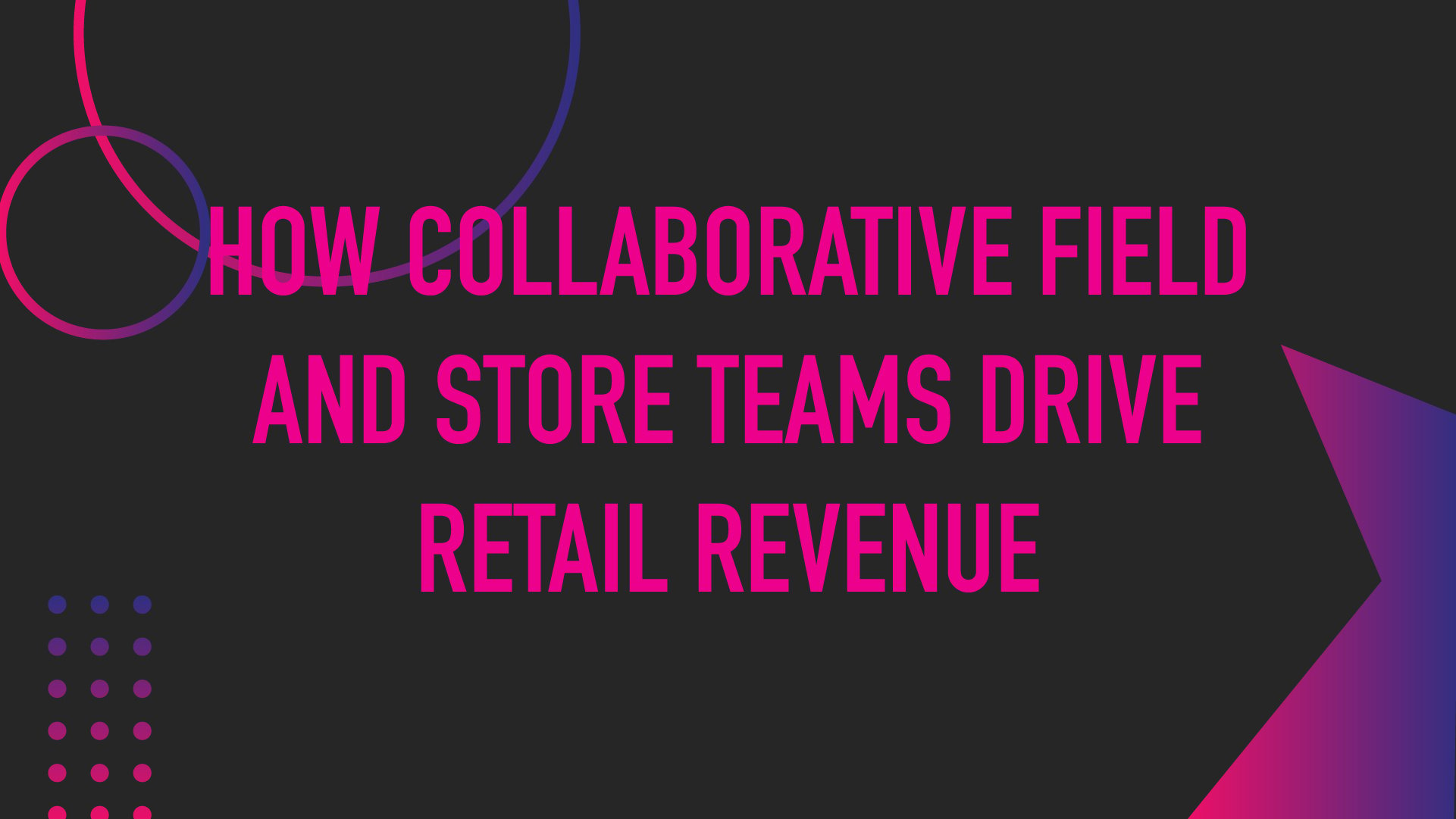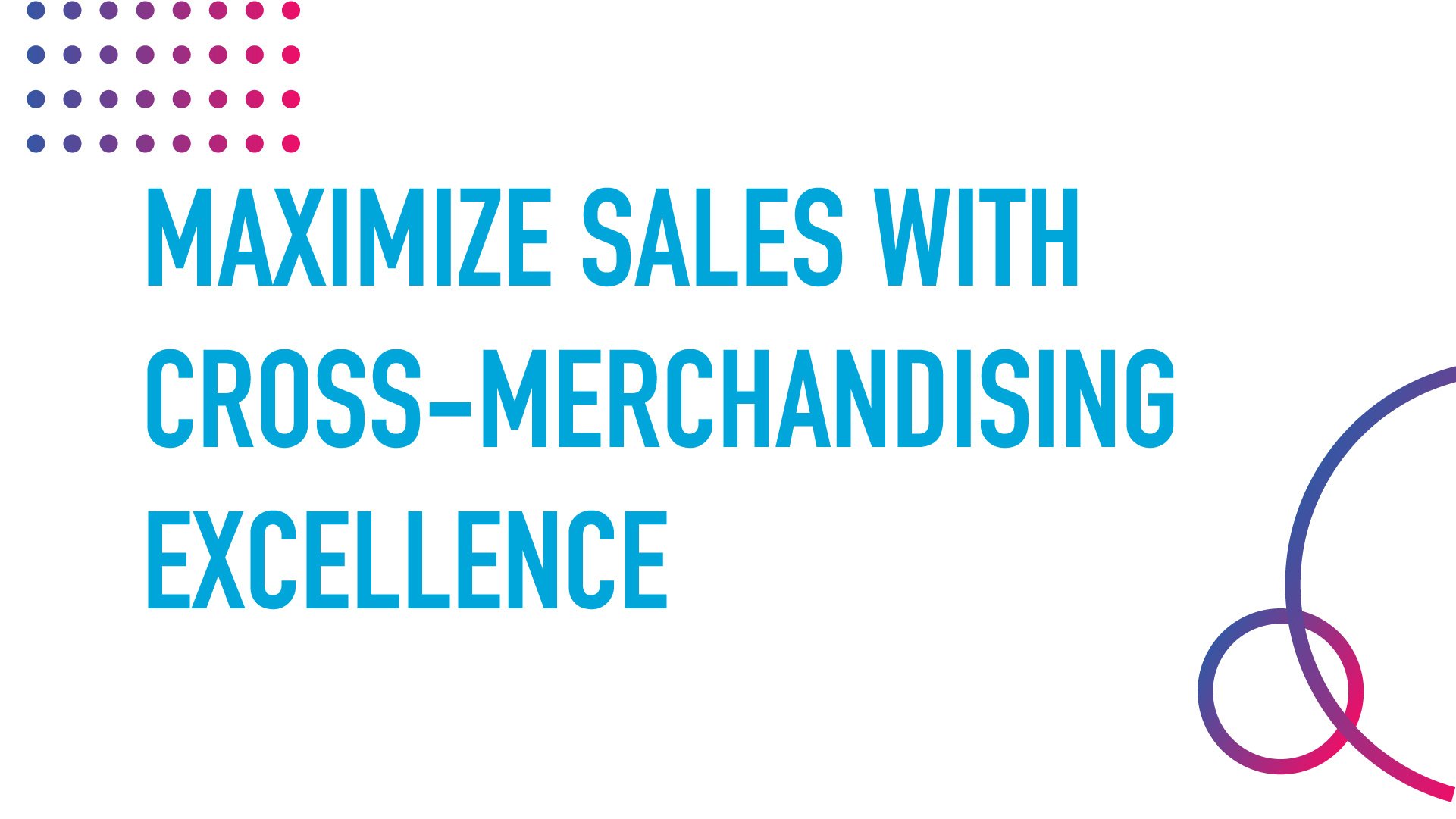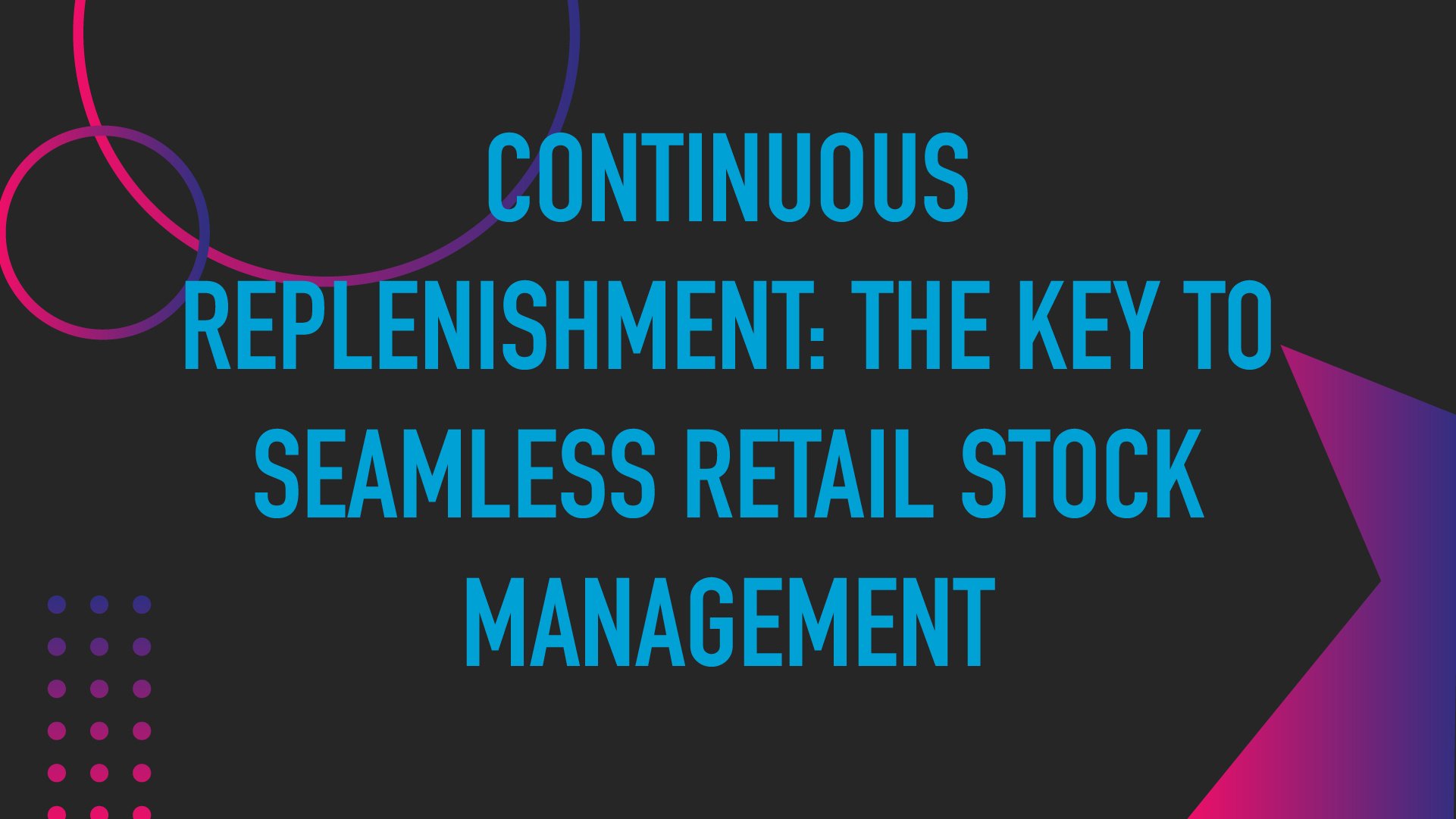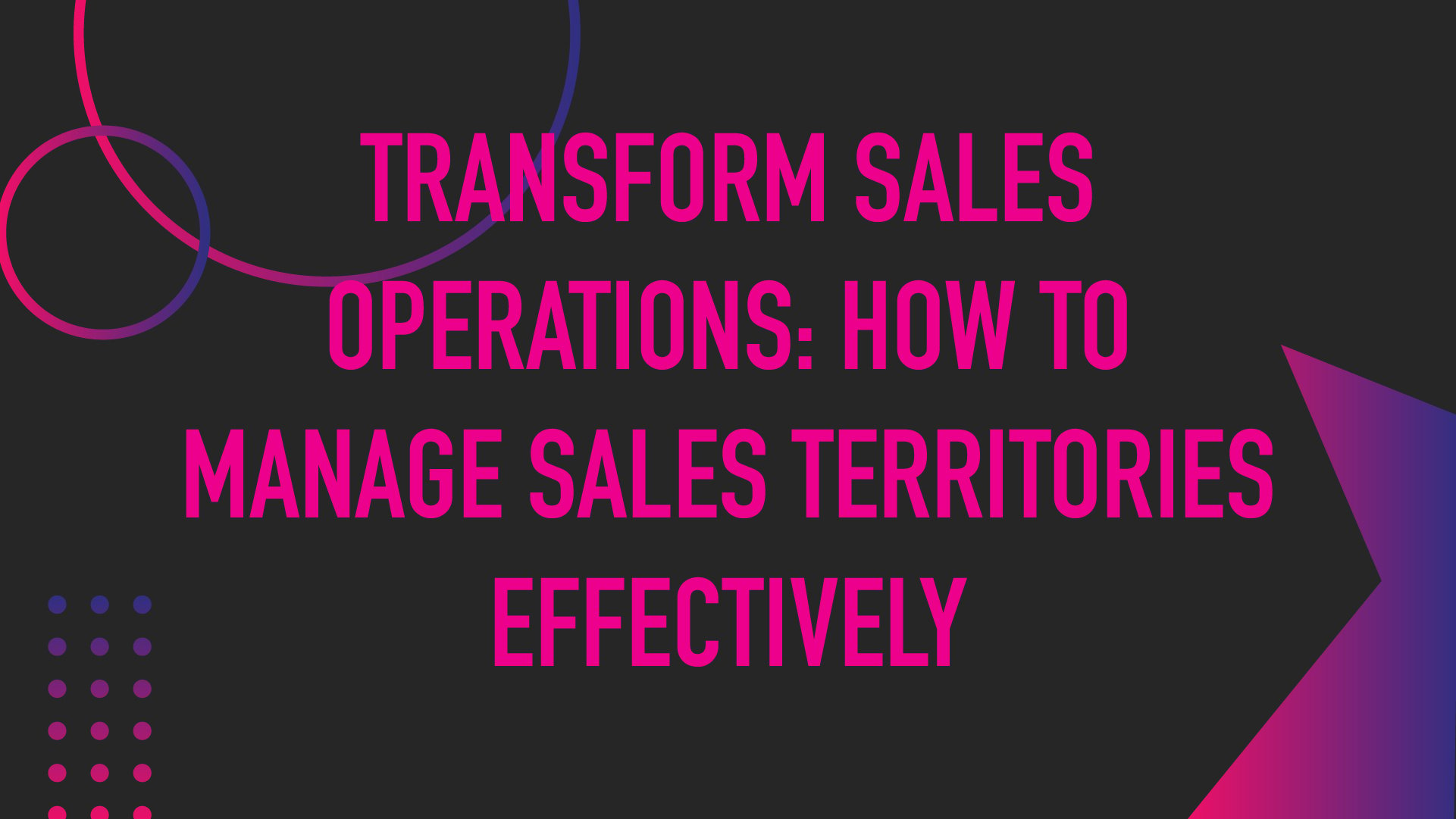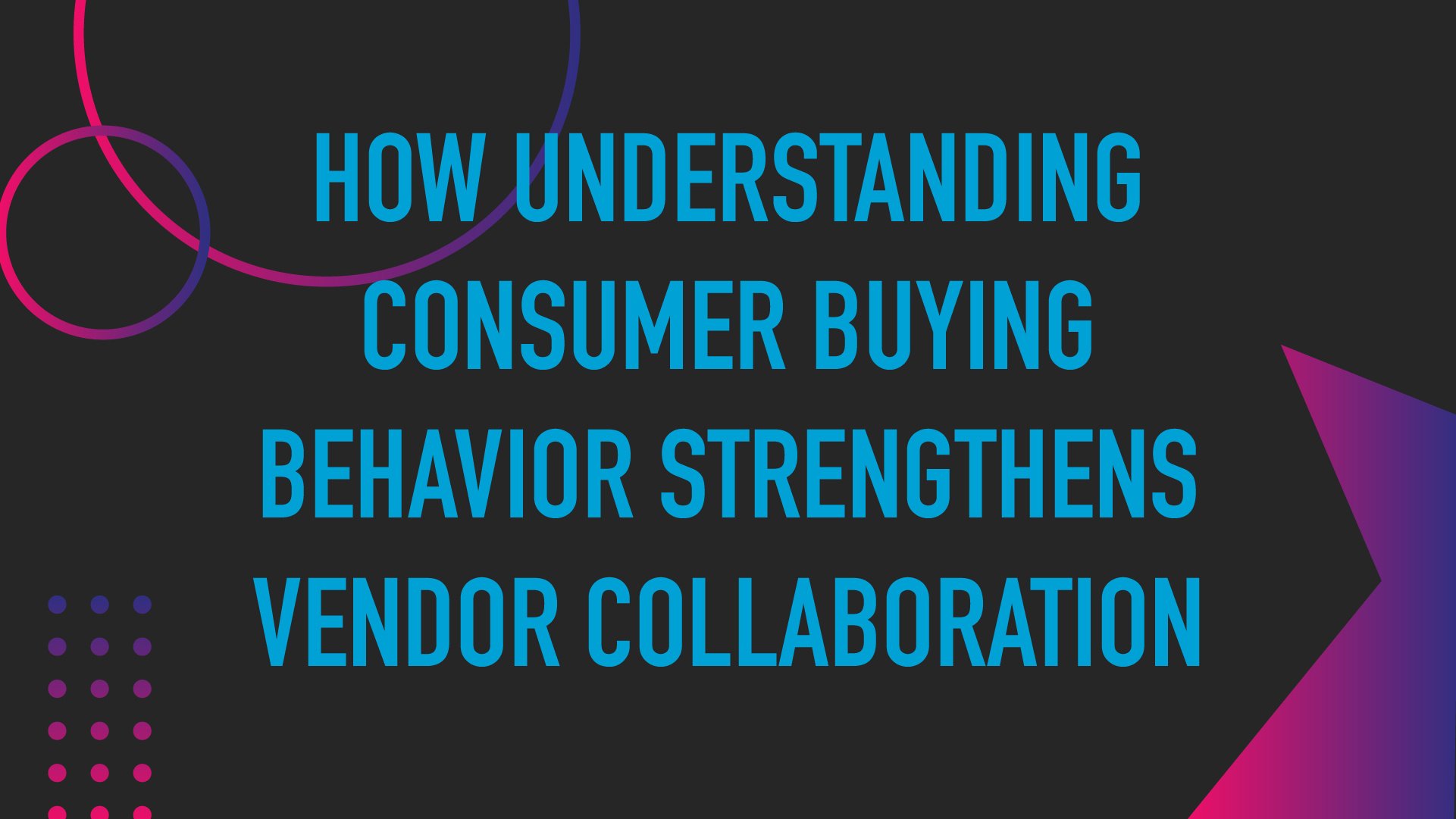Mastering Stock Replenishment: Best Practices for CPG Companies

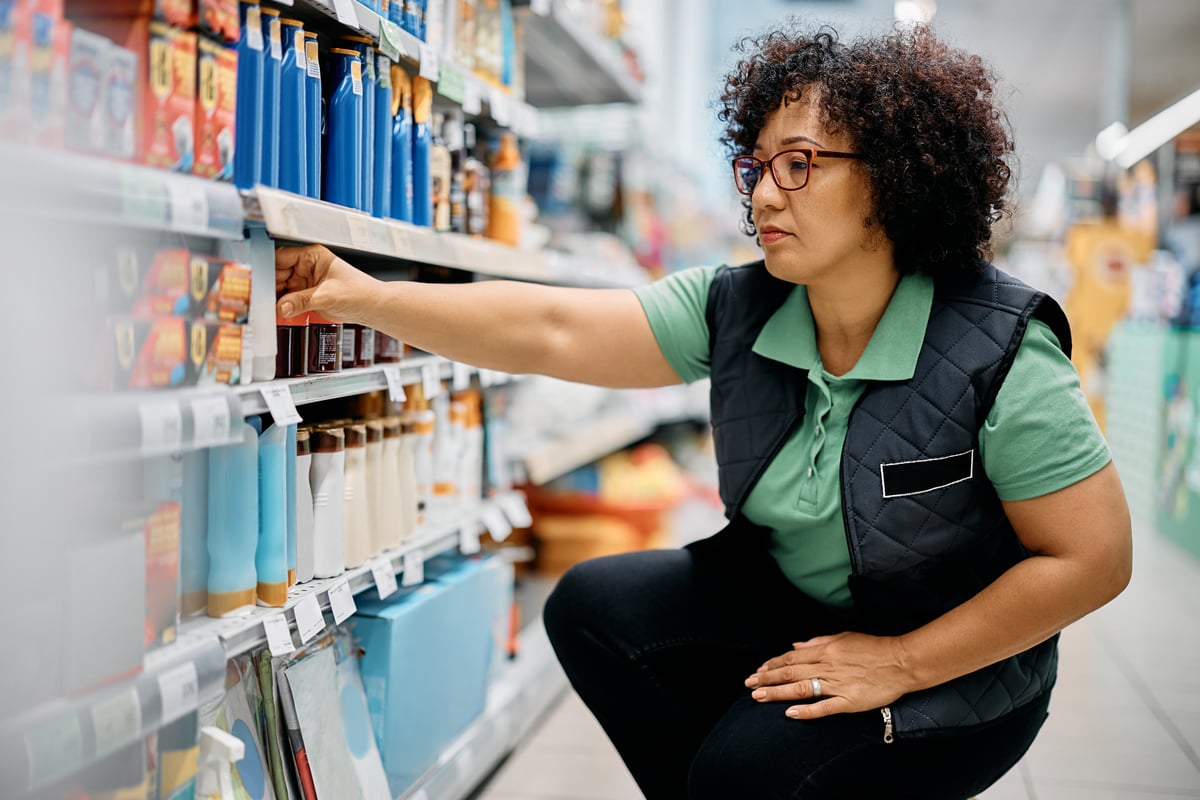
Recent studies predict CPG companies may experience an $800 billion loss in revenue growth by 2027 due to inefficient practices. The key to preventing these losses lies in shifting towards a more adaptable and effective system that prioritizes consistent product availability and fosters a culture of quick decision-making.
Common Challenges in Stock Replenishment for CPG Companies
Despite the importance of stock replenishment for maintaining optimal inventory levels and meeting customer demand, CPG companies often need help with the effectiveness of their replenishment efforts. Managers must tackle these obstacles to maintain smooth operations and increase profitability to the fullest extent possible.
Demand Variability
One of the primary challenges CPG companies encounter in stock replenishment is the inherent variability in consumer demand. Demand for CPG products can be influenced by changing consumer preferences, promotional activities, and external events. Fluctuations in demand can lead to stockouts if not adequately anticipated, resulting in lost sales opportunities and diminished customer satisfaction.
Seasonal Demand Fluctuations
Many CPG products experience seasonal demand fluctuations, spiking during peak seasons and declining during off-peak periods. Managing seasonal demand variability challenges stock replenishment, as companies must accurately forecast demand trends and adjust inventory levels accordingly. Failure to anticipate seasonal demand fluctuations can lead to stockouts or excess inventory, impacting sales and profitability.
Inaccurate Forecasting
Demand forecasting is the foundation of effective stock replenishment strategies. However, many CPG companies struggle with forecasting accuracy due to limitations in data availability, forecasting methods, and the complexity of demand patterns. Relying on historical sales data alone may not capture emerging trends or shifts in consumer behavior, leading to suboptimal replenishment decisions and inventory imbalances.
Supply Chain Disruptions
CPG companies operate within intricate supply chains that are vulnerable to disruptions from various sources, including raw material shortages, transportation delays, natural disasters, and geopolitical events. These disruptions can disrupt replenishment schedules, production processes, and product availability.
Shelf Visibility
Limited visibility into on-shelf availability at retail stores presents a significant challenge for CPG companies in replenishing stock effectively. Without real-time data on inventory levels and sales performance at the point of sale, companies may struggle to accurately assess demand patterns and adjust replenishment orders accordingly. This lack of visibility can result in understocking or overstocking, leading to lost sales or excess inventory carrying costs.
SKU Proliferation
The proliferation of SKUs (stock-keeping units) across product categories adds complexity to stock replenishment processes for CPG companies. Managing a large number of SKUs with varying demand patterns, shelf lives, and packaging requirements requires sophisticated inventory management capabilities. Ineffectively managing SKU proliferation can lead to increased inventory holding costs, reduced inventory turnover, and operational inefficiencies.
Compliance and Regulatory Requirements
CPG companies must navigate a complex regulatory landscape governing product labeling, packaging, and safety standards. Compliance with regulatory requirements adds an additional layer of complexity to stock replenishment processes, as companies must ensure that products meet regulatory standards at all stages of the supply chain. Failure to comply with regulatory requirements can result in fines, recalls, and possible damage to brand reputation.
Optimizing Stock Replenishment for CPG Companies
CPG companies can streamline operations and effectively align stock levels with customer demand by leveraging data-driven insights, implementing automated replenishment systems, collaborating closely with retail partners, and adopting proactive inventory management principles. These strategies not only enhance efficiency but also improve overall responsiveness.
Advanced Forecasting Techniques
CPG companies deal with a wide range of products catering to diverse consumer preferences. Utilizing advanced forecasting techniques such as predictive analytics, machine learning algorithms, and demand sensing can enhance the accuracy of demand forecasts. Companies can generate more precise predictions by analyzing historical sales data, market trends, promotional activities, and external factors like weather patterns, enabling proactive replenishment decisions.
Inventory Segmentation and Prioritization
Not all products within a CPG company's portfolio are created equal. Some SKUs may have higher sales velocity or seasonal demand fluctuations, while others may be slower-moving or subject to unpredictable demand patterns. By segmenting inventory based on factors such as product category, sales volume, and margin contribution, CPG companies can prioritize replenishment efforts and allocate resources more effectively. This targeted approach ensures that critical products are always available when needed while minimizing the risk of excess inventory for slower-moving items.
Collaboration and Visibility
Effective collaboration with retail partners is instrumental in optimizing stock replenishment. By sharing real-time data on sales performance, inventory levels, and consumer insights, CPG companies can enhance visibility across the supply chain and facilitate more accurate demand forecasting. Collaborative initiatives such as shared inventory management systems enable seamless coordination between store and field teams, ensuring replenishment efforts align with actual market demand.
Dynamic Adaptability
Agility and adaptability are paramount in a dynamic landscape where consumer preferences, market trends, and competitive dynamics constantly evolve. Traditional replenishment models often rely on fixed parameters for inventory replenishment, such as minimum order quantities or reorder points. While this method may be effective for consumer staples, implementing dynamic replenishment parameters that adapt to fluctuations in demand can help CPG companies maintain optimal inventory levels while minimizing the risk of stockouts.
CPG companies need to continuously monitor and evaluate the performance of their replenishment strategies, leveraging real-time data and analytics to identify areas for improvement.
How to Measure the Effectiveness of Stock Replenishment Strategies
Measuring the effectiveness of stock replenishment strategies is essential to ensure optimal inventory management. Managers can evaluate the performance of their replenishment efforts to pinpoint areas for improvement by tracking critical metrics for assessing the effectiveness of stock replenishment strategies.
Stockout Rates
High stockout rates can result in lost sales opportunities, diminished customer satisfaction, and damaged brand reputation. CPG companies should monitor stockout rates across different product categories, locations, and time periods to identify trends and track changes in purchasing habits.
Inventory Turnover Ratio
A high turnover ratio suggests timely and efficient replenishment, while a low ratio may signal surplus stock or slow-moving items. Tracking these ratios over time can aid in evaluating the effectiveness of restocking strategies and pinpoint areas for inventory optimization.
Forecast Accuracy
Improving forecast accuracy can lead to more precise replenishment decisions, reduced inventory holding costs, and improved customer service levels. CPG companies can refine their forecasting processes and enhance supply chain performance by measuring forecast accuracy metrics such as MAPE or forecast bias.
On-Shelf Availability
Poor OSA can result in lost sales, out-of-stock situations, and negative customer experiences. Mobile applications for inventory management allow field teams to monitor OSA levels in real-time, place orders on site, and collaborate with teams across territories to identify trends to improve product availability.
Customer Satisfaction
The success of replenishment strategies should be measured by how they enhance customer satisfaction and loyalty. Surveys, feedback mechanisms, and net promoter scores (NPS) can be useful in gauging customer perceptions of product availability, order fulfillment speed, and overall shopping experience.
Mastering stock replenishment is not just a strategic choice but a necessity for CPG companies striving for sustained success. As a pillar in operational efficiency and customer satisfaction, stock replenishment directly impacts revenue growth and brand reputation. By embracing data-driven insights, leveraging technology, and fostering collaboration across the supply chain, CPG companies can navigate challenges, seize opportunities, and unlock new levels of success in a dynamic market.
featured content
featured content

The Importance of On-Shelf Availability in Retail: Why Keeping Items Stocked is Critical for Competitiveness in 2026
Learn why on-shelf availability is critical in today's retail store environment
